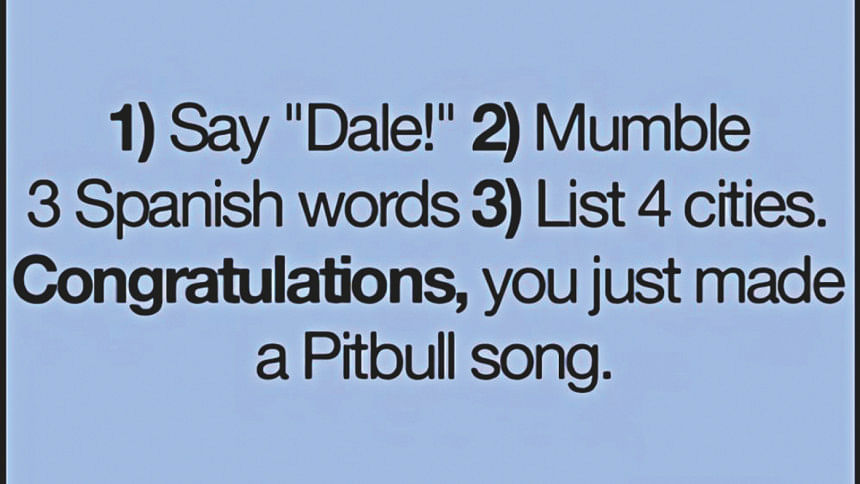Music in a Nutshell

Ting, tok, tung, bakaww, wheeeu, *insert various other noises* – all just tools for music. However, it sounds like a disaster in a barn where the animals are losing their heads (possibly literally), running around, shrieking and moo-ing for dear life. That can’t be music, right?
Let’s try again. This time let’s try those noises in different pitches! It’s weird now, because you’ve got Alvin the Chipmunks on one end, wannabe Morgan Freemans on the other, and everything in between. However, it’s still pandemonium but in more pitches.
Alright, so we’ve got noises of various tones and pitches. How about we take it up a notch? Let’s start with something solid like “percussion”. It can be a bongo, a snare, a tabla, cymbals, dulcimers, whatever you make it. Here are some sticks of wood for you, try hitting any of these with them. Percussion sounds ordered, but it’s still just differently pitched noises that are specific to their build and material. Their individual sounds are also much more different than what we’ve heard in “Much Ado about the Barnhouse Animals”. Still, we have miles left before we rest.
We’ve got different sounds and pitches, now let’s get organised and throw in some rhythms. Hit the snare in cycles of five, with rests of two seconds between hits. It sounds too boring though. Why not try hitting the bongo right after the first, third and fourth hits of the snare? Ah, that’s better. Now just keep adding stuff until it sounds cool.
Okay, so we’ve got rhythm – what now? What about those ‘pitches’ I mentioned earlier? Try playing them in certain sequences. Here, try this “piano”, a hammered dulcimer. Press any of the keys, they’re tuned to very specific frequencies. Okay, you hit a C note. Now you’ve hit an E note. Here, try hitting this note, it’s a G. Hey, fun idea: let’s hit all of them together. Congratulations, you’ve struck a C major chord. Fun fact: you can get this exact same chord in various pitches. Try doubling the frequency and press the appropriate keys. Again, a C major, but it’s higher pitched. Halve the frequencies? Same chord, but it’s pitched lower. Try playing the chord on a guitar. Sounds different, right? What about other instruments? Why not add electricity to all these instruments and play again? This auditory playground is vast, and it only gets bigger from here.

Pretend we’ve got twelve “distinct” notes to play with. Multiples and fractions of the same frequency give the same notes. Choose a template of notes and you’ve got a scale. Play them in a sequence, you’ve got an “arpeggio”. Play them together in a certain order, you’ve got “chords”. Play chords in a sequence, you’ve got a “chord progression”. Be lifeless enough to continue researching this, and you’ll eventually get music theory: the study of the practices and possibilities of music. Armed with this knowledge, you can begin to uncover more things such as “genres” like rock, pop, jazz, blues, country, hip-hop, etc. In fact, some specific nutjobs might have not even started the way we did. After all, there’s Turkey, with its maqam music and its TWENTY-FOUR-note notation system.
Now that we’ve got a foundation, let’s compose. We’ll mix sequences of pitches, coming from various instruments, all the while keeping a rhythm. With luck, assuming language is a thing now, you can add in words in the form of “lyrics”. You can write about pretty much anything you want now, although a lot of people these days like songs about a layer of fat over your glutes that cushion your spine, and the ingestion of substances. If you want, you could even play things in a different number of instruments together, at various volumes, speeds, timings, beat cycles, and a whole plethora of other things I won’t dive into right now.
You’re still missing one more thing, though: emotion. Let’s look at C major again. Notice how it makes you happy? Okay, let’s try its opposite chord – a C minor. This one sounds so sad. If you play these sequences and combinations of notes in a certain order, you can make people feel happy, sad, joyful, nostalgic, angry, etc. Add lyrics for even more context. Put it into your dank composition, and voilà.
Now, sit back and think. All you really did was mash up different and specific sounds in different ways, adding loads of embellishment. That is the enigmatic, yet understandable, workings of the abstract machine we call “music”, born from countless trials and errors. Now, go listen to any song and join me in realising how crazy it all sounds. You’re welcome.
Rasheed Khan is a hug monster but makes terrible jokes where he’s probably the only one laughing. Ask him to stop at [email protected]

 For all latest news, follow The Daily Star's Google News channel.
For all latest news, follow The Daily Star's Google News channel. 



Comments